‘The Lord Of The Rings: The Rings Of Power’ Writer Continues To Double Down On Being “Immersed In The Text,” The Actual Show Tells A Vastly Different Story
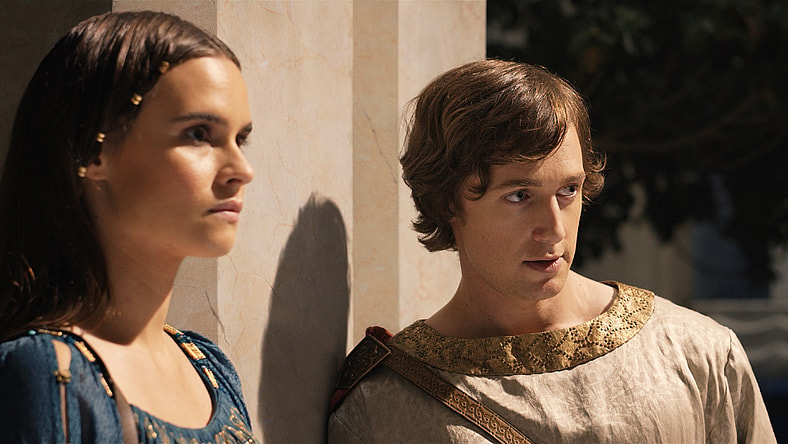
The Lord of the Rings: The Rings of Power writer Gennifer Hutchison recently made the media circuit to discuss the show’s first season after it came to its conclusion and she like the showrunners before her claimed she’s “immersed in the text.”
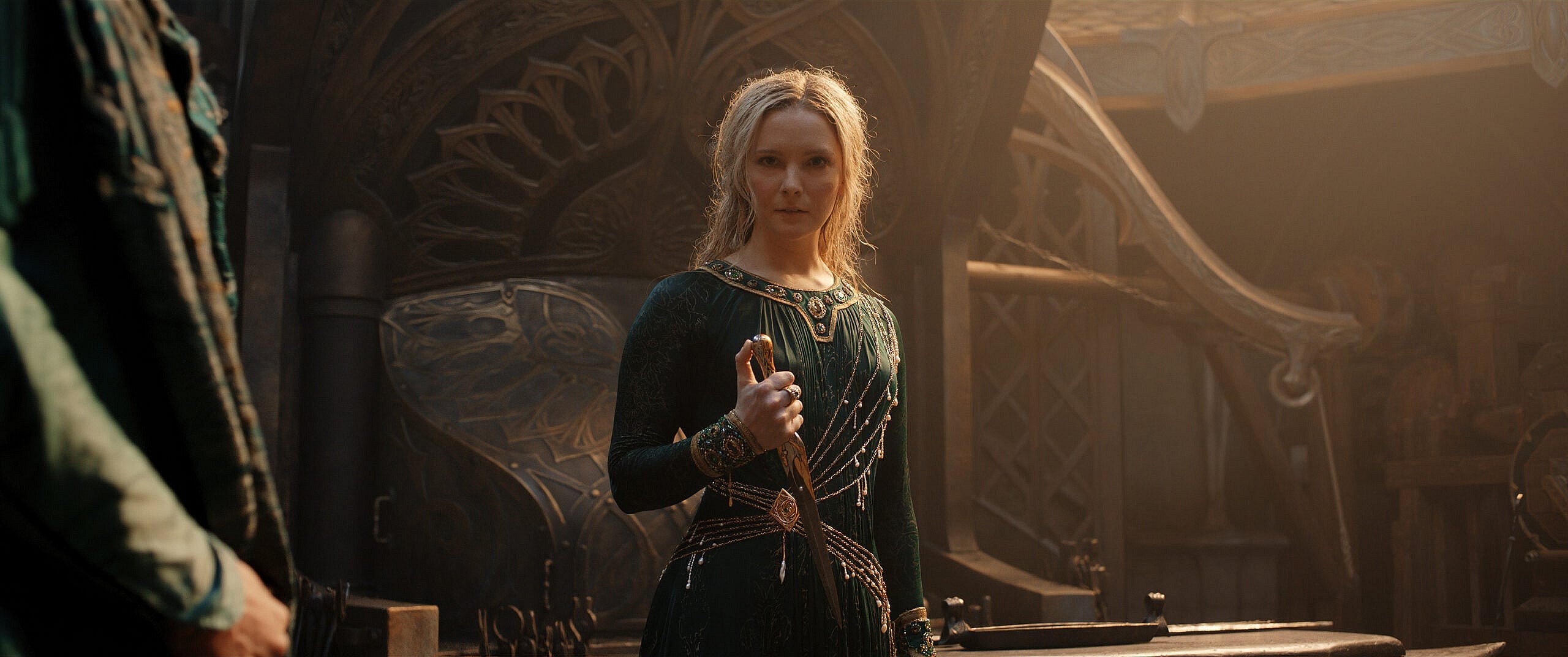
Hutchison spoke with Slash Film about the show’s season one finale and was asked about how she navigated Tolkien’s lore in adapting the story for television.
She stated, “Yes, again, the show is not over, so stay tuned on a lot of that. [laughs] No, it’s really about, we’re so immersed in the text, we consult it constantly. So as much as we can, we’re hewing to it and it’s really about the form of TV and the format of storytelling demand slightly different things.”
Hutchison added, “So we were really focusing on capturing the spirit, if we could find ways to integrate those scenes, even if they weren’t necessarily in the same place or the same context, having those there to really ground it in the text. So it was really about, when can we be really close to the text? And when we can’t be, how can we bring it in other ways?”

Ironically, despite claiming they were immersed in the lore and they wanted to capture Tolkien’s spirit, the show fails on all levels to capture much of Tolkien’s themes that he explored in The Silmarillion and the Second Age.
Tolkien outlined these themes in Letter 131 to Milton Waldman. He wrote, “The three main themes are thus The Delaying Elves that lingered in Middle-earth; Sauron’s growth to a new Dark Lord, master and god of Men; and Numenor-Atlantis. They are dealt with annalistically, and in two Tales or Accounts, The Rings of Power and the Downfall of Númenor. Both are the essential background to The Hobbit and its sequel.”
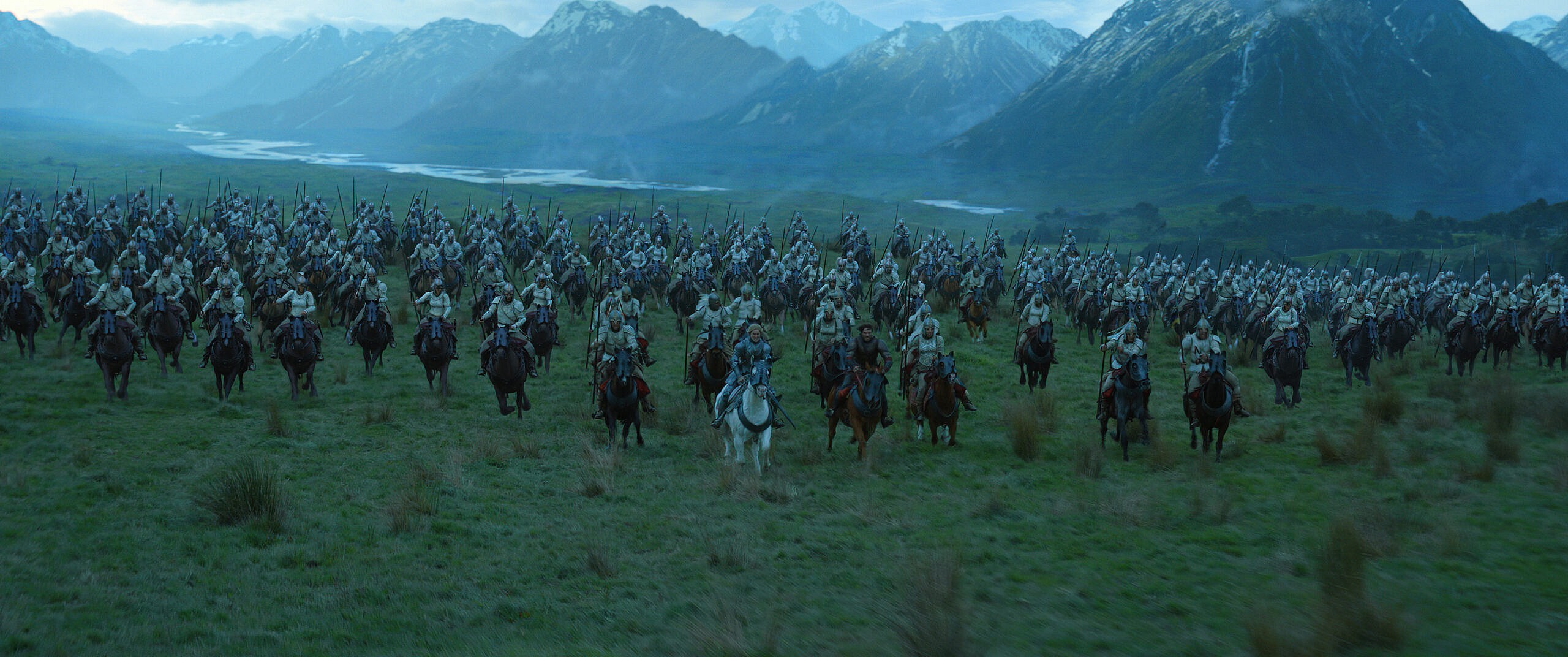
He went on to detail, “In the first we see a sort of second fall or at least ‘error’ of the Elves. There was nothing wrong essentially in their lingering against counsel, still sadly with the mortal lands of their old heroic deeds. But they wanted to have their cake without eating it.”
“They wanted the peace and bliss and perfect memory of ‘The West’, and yet to remain on the ordinary earth where their prestige as the highest people, above wild Elves, dwarves, and Men, was greater than at the bottom of the hierarchy of Valinor,” Tolkien explained. “They thus became obsessed with ‘fading’, the mode in which the changes of time (the law of the world under the sun) was perceived by them. They became sad, and their art (shall we say) antiquarian, and their efforts all really a kind of embalming – even though they also retained the old motive of their kind, the adornment of earth, and the healing of its hurts.”
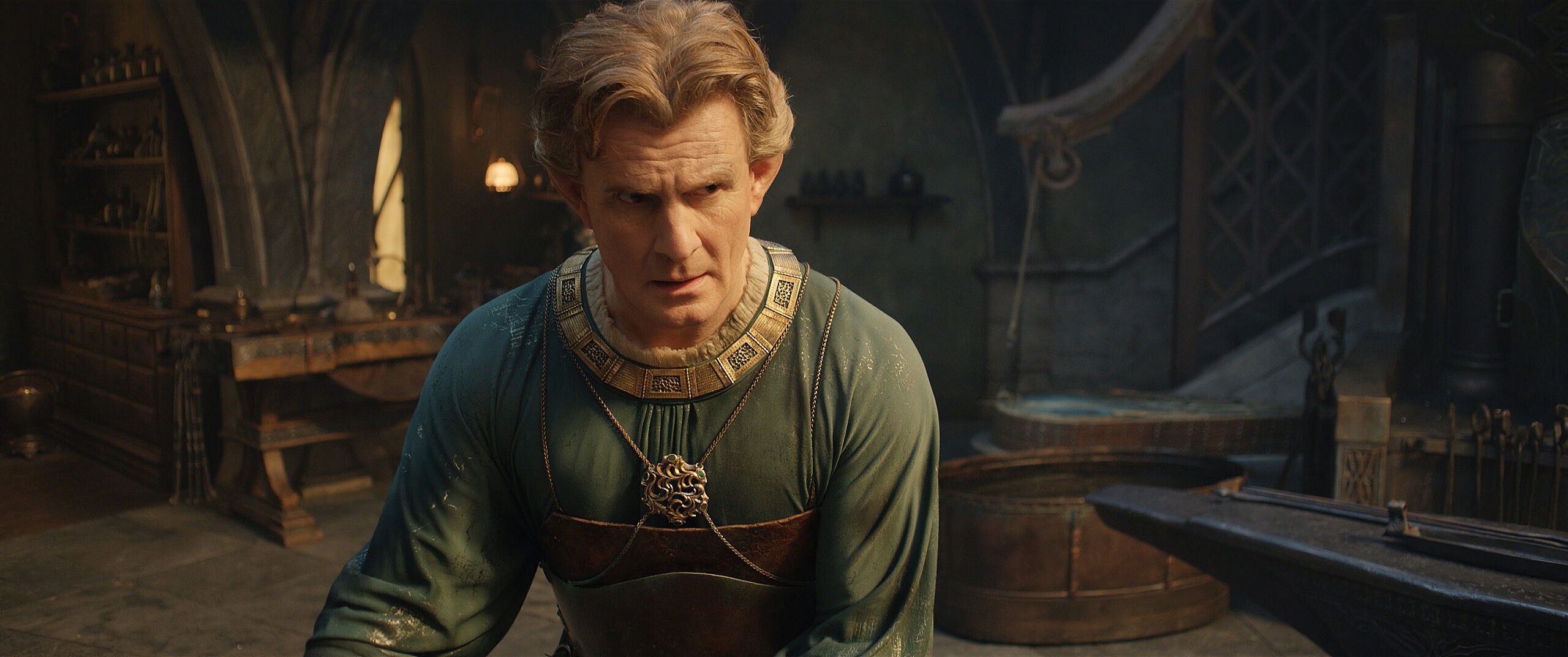
After briefly discussing the three major Elven settlements at Rivendell, Lórien, and Eregion, and the friendship developed between the Elves and Dwarves, Tolkien writes, “But many of the Elves listened to Sauron. He was still fair in that early time, and his motives and those of the Elves seemed to go partly together: the healing of the desolate lands. Sauron found their weak point in suggesting that, helping one another, they could make Western Middle-earth as beautiful as Valinor.”
“It was really a veiled attack on the gods, an incitement to try and make a separate independent paradise,” Tolkien noted. “Gilgalad repulsed all such overtures, as also did Elrond. But at Eregion great work began – and the Elves came their nearest to falling to ‘magic’ and machinery. With the aid of Sauron’s lore they made Rings of Power (‘power’ is an ominous and sinister word in all these tales, except as applied to the gods).”
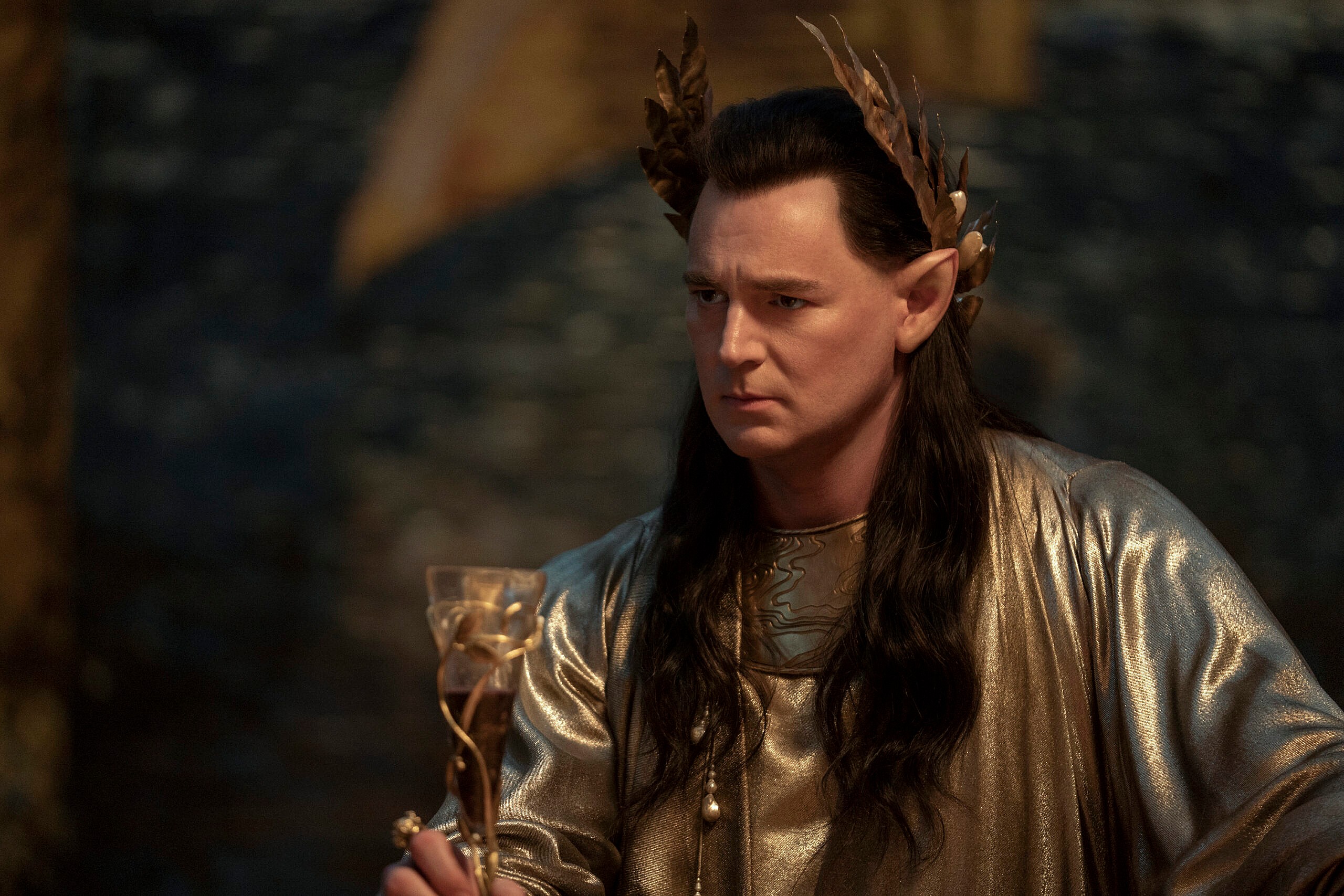
RELATED: ‘Rings Of Power’ Showrunner Provides Bogus Answer For Decision To Include A Wizard
None of this actually takes place in The Rings of Power. Instead, Hutchison, and showrunners Patrick McKay and J.D. Payne make up their own revolting story about the Elves attempting to deceive the Dwarves in order to obtain mithril, all so they can prevent themselves from fading away. It has nothing to do with healing the land. Rather they are trying to prevent their own power from fading.
On top of that, Middle-earth isn’t desolate whatsoever. One of the major points in The Rings of Power is the actual creation of Mordor with the explosion of Mt. Doom rather than the lands already being scourged from the First Age and the wars and battles with Morgoth.

Tolkien then delves into the power of the rings and their creation and how Sauron is able to use them to enslave those who wear the rings. He also discusses how the Elves eventually discover Sauron’s presence when he crafts the Ruling Ring and places it on his finger and the ensuing war that eventually leads to further destruction of Middle-earth rather than their goal of healing the desolate lands making it as beautiful as Valinor.
It’s during this war that Sauron obtains a number of the lesser rings and gives them, “for their ultimate corruption and enslavement, to those who would accept them (out of ambition or greed).”
Tolkien then notes, “Sauron became thus almost supreme in Middle-earth. The Elves held out in secret places (not yet revealed). The last Elf-Kingdom of Gilgalad is maintained precariously on the extreme westshores, where are the havens of the Ships. Elrond the Half-elven, son of Earendil, maintains a kind of enchanted sanctuary at Imladris (in English Rivendell) on the extreme eastern margin of the western lands. But Sauron dominates all the multiplying hordes of Men that have had no contact with the Elves and so indirectly with the true and Unfallen Valar and gods. He rules a growing empire from the great dark tower of Barad-dûr in Mordor, near to the Mountain of Fire, wielding the One Ring.”
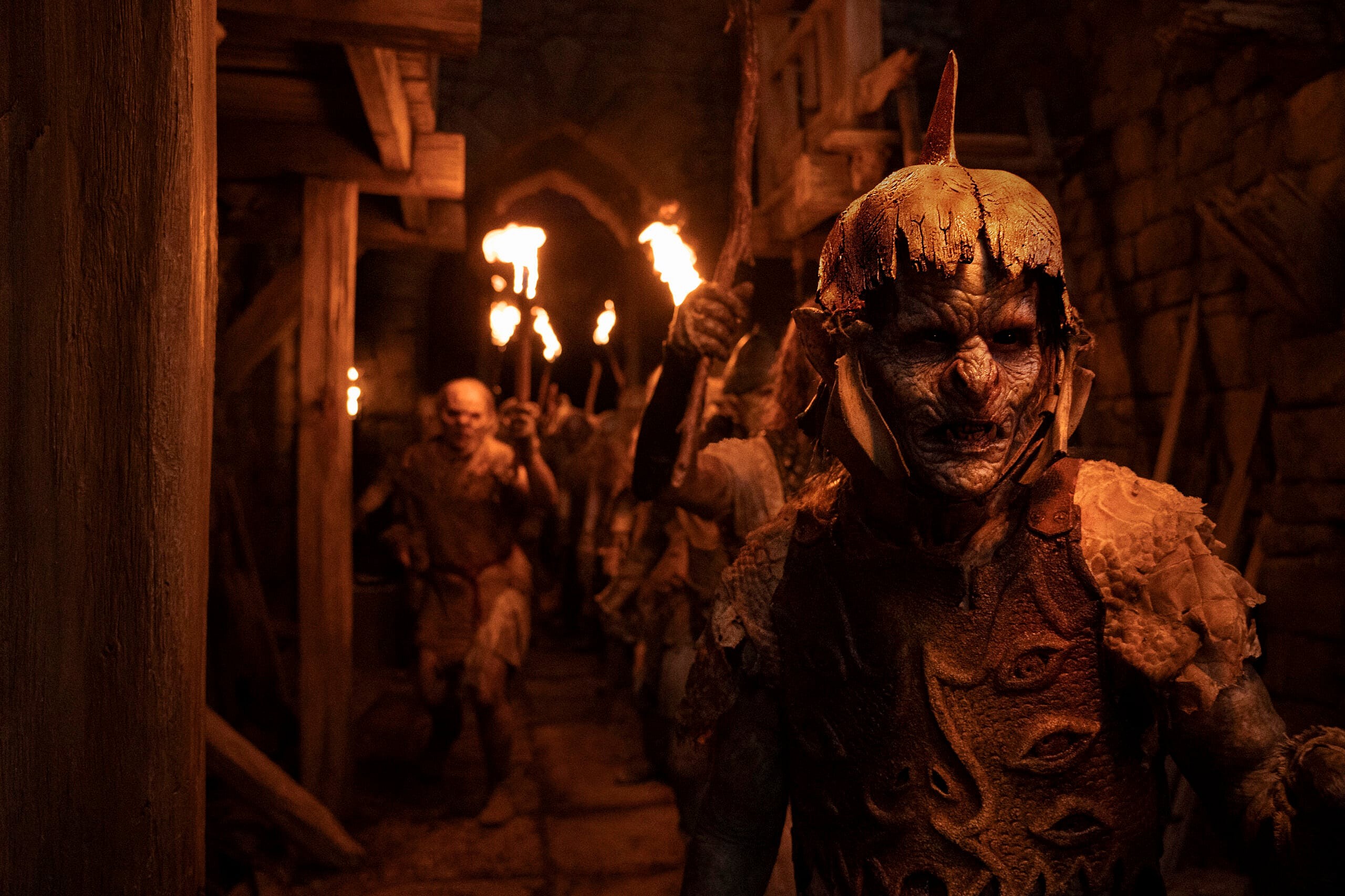
Tolkien then delves into a brief discussion about the powers and the weaknesses of the One Ring before wrapping up this second theme writing, “Thus, as the Second Age draws on, we have a great Kingdom and evil theocracy (for Sauron is also the god of his slaves) growing up in Middle-earth. In the West – actually the North-West is the only pan clearly envisaged in these tales – lie the precarious refuges of the Elves, while Men in those parts remain more or less uncorrupted if ignorant. The better and nobler son of Men are in fact the kin of those that had departed to Númenor, but remain in a simple ‘Homeric’ state of patriarchal and tribal life.”
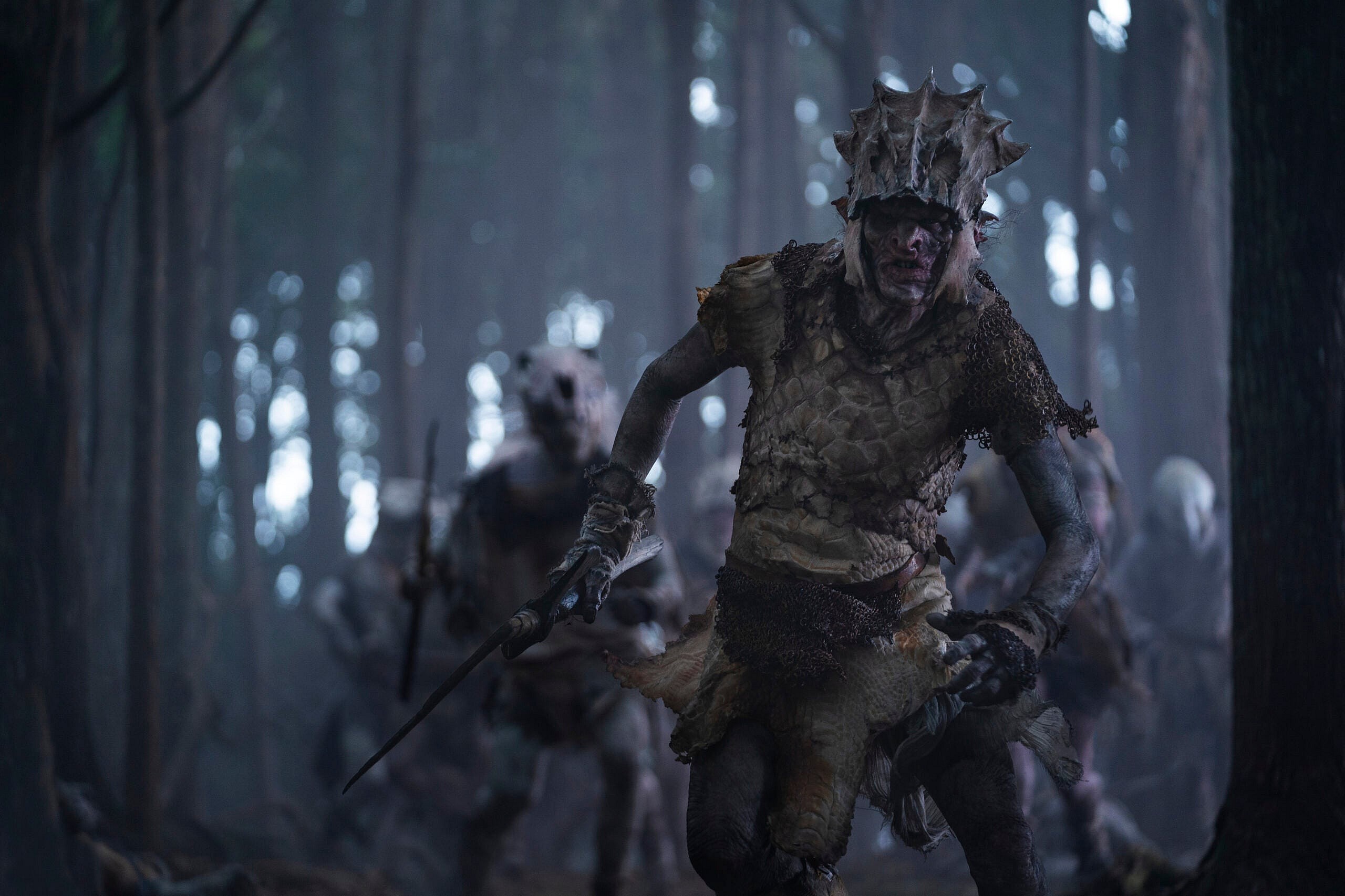
Again, The Rings of Power does not follow this one iota. Elrond also goes along with Sauron’s machinations in aiding Celebrimbor to make the rings. Gil-galad is all but sidelined during the discussion about the creation of the three Elven rings of power, but he does eventually give his tacit approval.
The rings are also seemingly made out of order with the show depicting the creation of the three Elven rings first. Rings that are clearly created with Sauron’s aid despite Tolkien specifically noting, “The Elves of Eregion made Three supremely beautiful and powerful rings, almost solely of their own imagination, and directed to the preservation of beauty: they did not confer invisibility.”
Sauron is also not building up his forces in Mordor at all. Rather some random Uruk named Adar has gathered orcs to him and is attempting to make a home for them. The show also makes it quite clear that Adar opposes Sauron and even claims that he killed him.

Moving to the third theme, Tolkien explained, “The Downfall of Númenor, the Second Fall of Man (or Man rehabilitated but still mortal), brings on the catastrophic end, not only of the Second Age, but of the Old World, the primeval world of legend (envisaged as flat and bounded).”
He continued, “The Downfall is partly the result of an inner weakness in Men – consequent, if you will, upon the first Fall (unrecorded in these tales), repented but not finally healed. Reward on earth is more dangerous for men than punishment! The Fall is achieved by the cunning of Sauron in exploiting this weakness. Its central theme is (inevitably, I think, in a story of Men) a Ban, or Prohibition.”

Tolkien would later elaborate, “There are three phases in their fall from grace. First acquiescence, obedience that is free and willing, though without complete understanding. Then for long they obey unwillingly, murmuring more and more openly. Finally they rebel – and a rift appears between the King’s men and rebels, and the small minority of persecuted Faithful.”
He goes on to provide more details of these three phrases, “In the first stage, being men of peace, their courage is devoted to sea-voyages. As descendants of Earendil, they became the supreme mariners, and being barred from the West, they sail to the uttermost north, and south, and east. Mostly they come to the west-shores of Middle-eanh, where they aid the Elves and Men against Sauron, and incur his undying hatred. In those days they would come amongst Wild Men as almost divine benefactors, bringing gifts of arts and knowledge, and passing away again – leaving many legends behind of kings and gods out of the sunset.
Next, he wrote, “In the second stage, the days of Pride and Glory and grudging of the Ban, they begin to seek wealth rather than bliss. The desire to escape death produced a cult of the dead, and they lavished wealth and art on tombs and memorials. They now made settlements on the west-shores, but these became rather strongholds and ‘factories’ of lords seeking wealth, and the Númenóreans became tax-gatherers carrying off over the sea evermore and more goods in their great ships. The Númenóreans began the forging of arms and engines.”
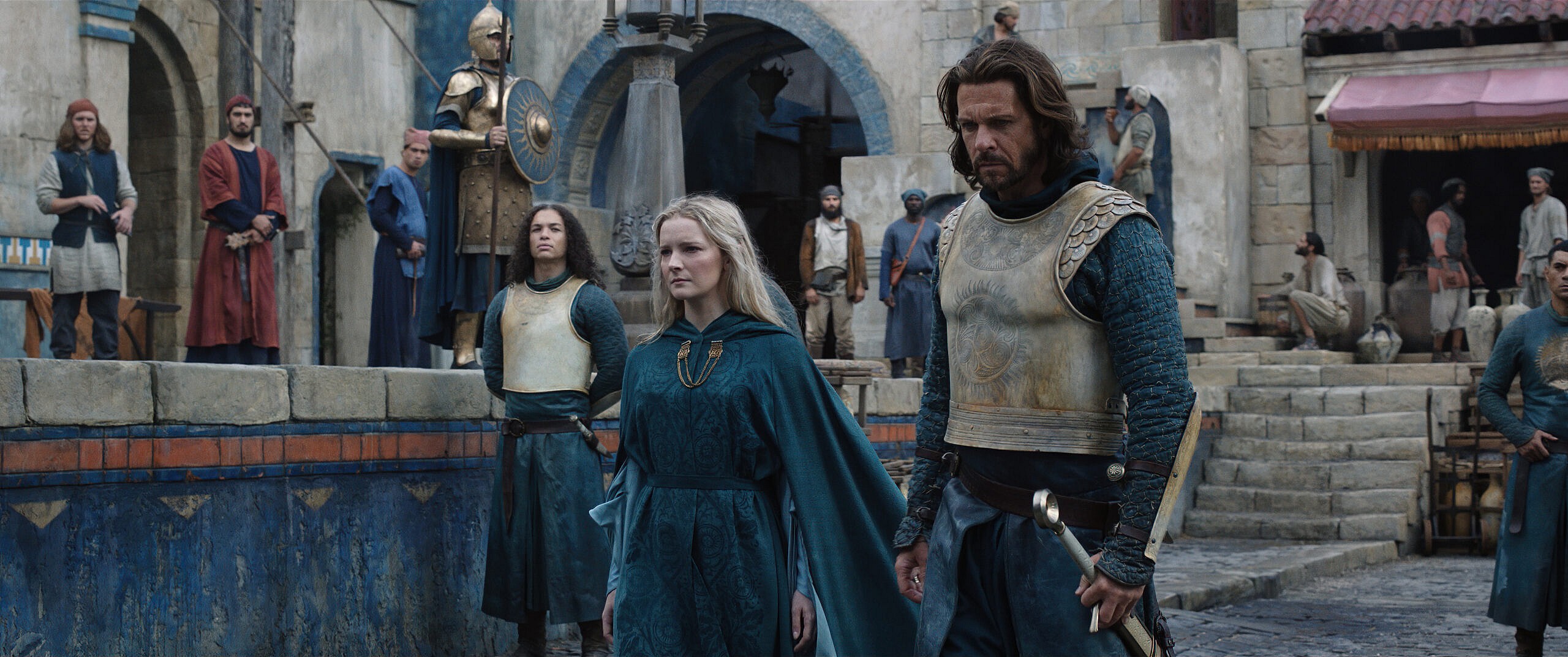
Tolkien then goes into specific details about the third phase detailing that the leader of the Númenóreans, Tar-Calion, which would later be changed to Ar-Pharazôn, in his pride confronts Sauron believing that he and not Sauron should hold the title of of King of Kings and Lord of the World.
His vast army sees the forces of Sauron’s servants flee before them, but Sauron in his cunning ingratiates himself to the king and eventually begins whispering in his ear that God does not exist and that immortality can be gained by traveling West and seizing it from the Valar. Sauron’s influence on the king spreads and it eventually begins to infect the populace as they begin to worship Morgoth and even perform human sacrifices of the Faithful.
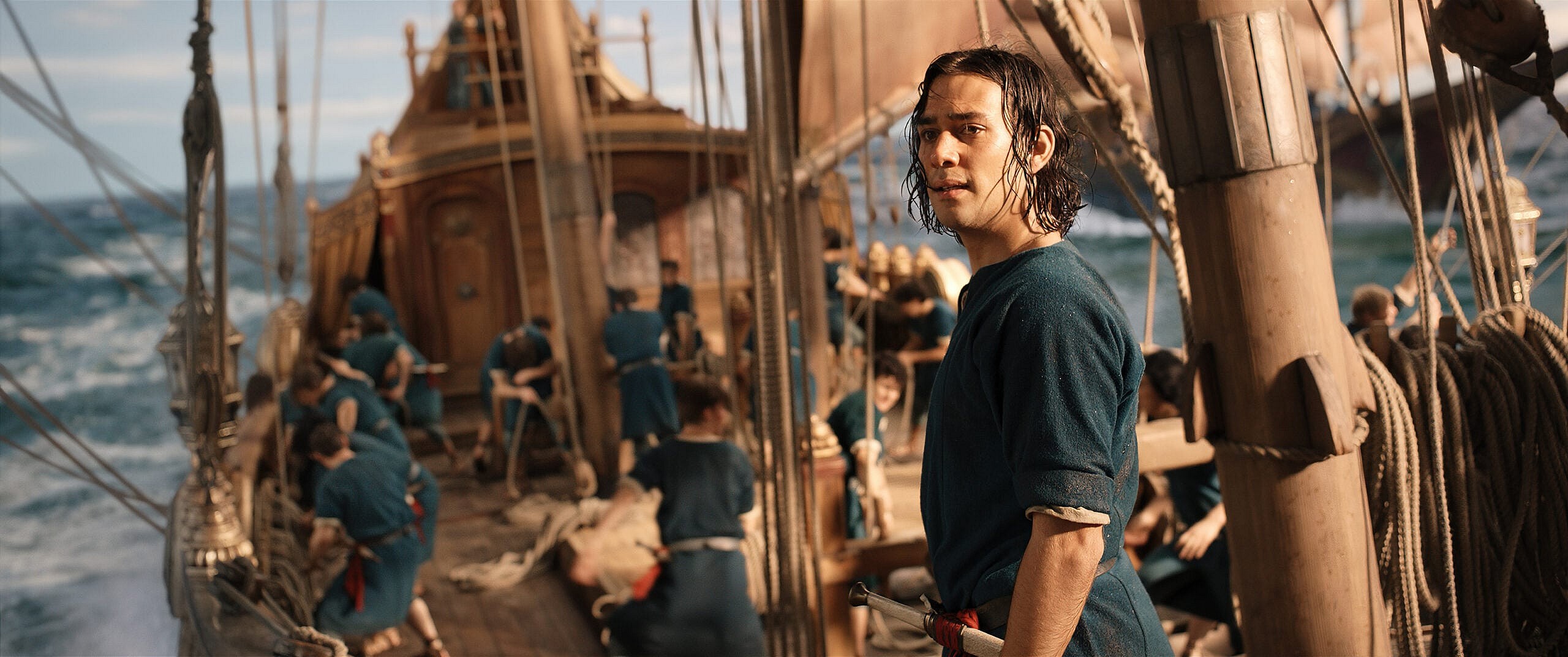
As Tolkien notes, the king eventually leads his armies to attack the Valar, “But at last Sauron’s plot comes to fulfilment. Tar-Calion feels old age and death approaching, and he listens to the last prompting of Sauron, and building the greatest of all armadas, he sets sail into the West, breaking the Ban, and going up with war to wrest from the gods ‘everlasting life within the circles of the world’.”
“Faced by this rebellion, of appalling folly and blasphemy, and also real peril (since the Númenóreans directed by Sauron could have wrought ruin in Valinor itself) the Valar lay down their delegated power and appeal to God, and receive the power and permission to deal with the situation; the old world is broken and changed. A chasm is opened in the sea and Tar-Calion and his armada is engulfed. Númenor itself on the edge of the rift topples and vanishes for ever with all its glory in the abyss. Thereafter there is no visible dwelling of the divine or immortal on earth.”

Again, none of this takes place or is even hinted at. The idea that the Númenóreans want to acquire immortality and are jealous of the elves isn’t even touched on at all. Instead it’s replaced by a cringe-worthy modern day political stump speech given by a blacksmith claiming the Elves are coming to take their jobs. Something that doesn’t fit in with Tolkien’s works and bizarrely is out of place in Prime Video’s own production.
The Númenóreans are also not depicted as a grand people. They require training from Galadriel and the training is done in a back alley rather than in a proper barracks training ground.
We don’t really see their greed and lust for riches in Middle-earth. Instead it appears they have almost no contact with Middle-earth albeit the show does make a minor reference to past colonies.
The show also undermines Sauron being taken hostage by the Númenóreans given they have him arriving in Númenór before we ever see him in Middle-earth.

It’s clear once again that Hutchison, Payne, and McKay are blatantly lying when they claim they are immersed in the text. And if Tolkien’s discussion on the themes and the clear lack of any of them in the show isn’t enough to convince you, well Hutchison reveals how little she knows of Galadriel when asked about the final episode’s temptation by Sauron to have her join him.
After being asked whether they looked at Peter Jackson’s temptation of Galadriel with The One Ring, Hutchison tells Slash Film, “Yes, we definitely looked at that scene of temptation, which is such a kind of amazing scene with Galadriel because she’s been so untouchable and regal up until then, and then she becomes dark. And the question was like, ‘There’s some potential there. What would get someone to that place? How did the stoic person have that inside of her?’
She continued, “So we really wanted to play with that and show that and also show the idea of, this wasn’t the first time she was tempted. So it kind of takes on hopefully this sort of added layer of, ‘No, I really passed the test because I’m being tested again.’ But yes, we absolutely looked at that scene so much and that exchange and built on it for this sequence.”
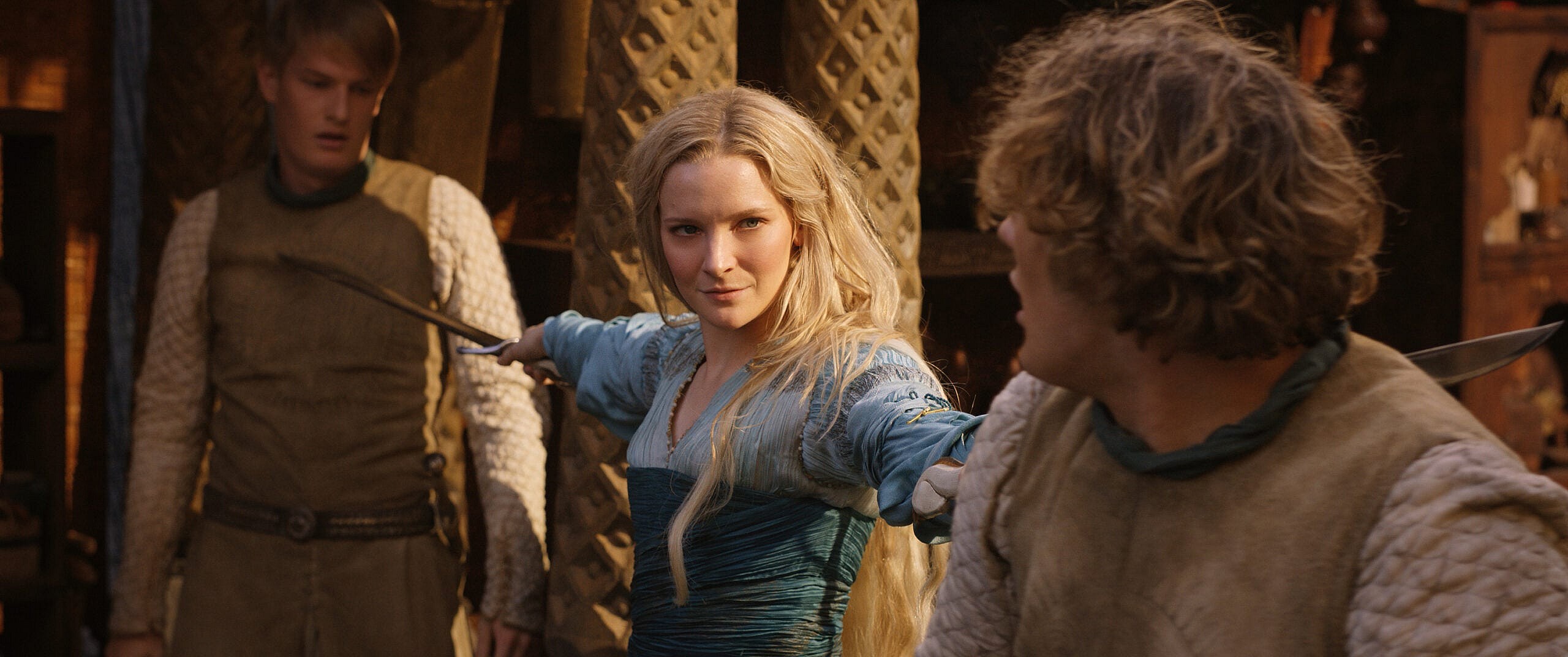
If they had truly looked at this scene, they would have also examined Tolkien’s writing where Galadriel tells Frodo, “I say to you, Frodo, that even as I speak to you, I perceive the Dark Lord and know his mind, or all of his mind that concerns the Elves. And he gropes ever to see me and my thought. But still the door is closed!’”
It can be argued she’s having to constantly resist Sauron due to the connection she has with him via Nenya, one of the three Elven rings crafted by Celebrimbor. However, the One Ring is an altogether different temptation. Tolkien wrote to Waldman, “Also so great was the Ring’s power of lust, that anyone who used it became mastered by it; it was beyond the strength of any will (even his own) to injure it, cast it away, or neglect it. So he thought. It was in any case on his finger.”
He made this even more abundantly clear in Letter 320 to Mrs. Ruth Austin telling her, “I think it is true that I owe much of this character to Christian and Catholic teaching and imagination about Mary, but actually Galadriel was a penitent: in her youth a leader in the rebellion against the Valar (the angelic guardians). At the end of the First Age she proudly refused forgiveness or permission to return. She was pardoned because of her resistance to the final and overwhelming temptation to take the Ring for herself.”
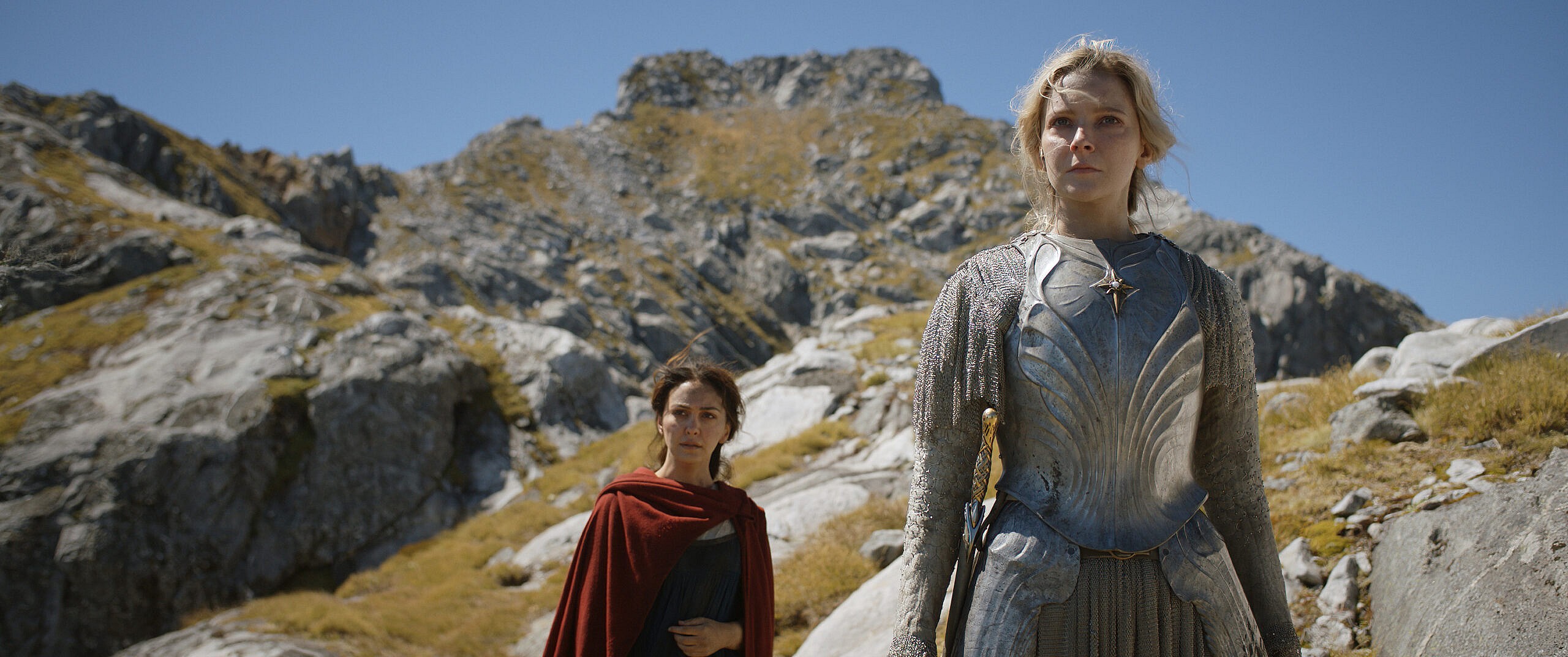
Galadriel having any kind of relationship with Sauron outside her connection to him via Nenya is found nowhere in the text that Hutchison claims she immersed herself in. Tolkien even notes the temptation of Galadriel is “part of the essential deceit of the Ring to fill minds with imaginations of supreme power.”
He goes on to note, “Galadriel’s rejection of the temptation was founded upon previous thought and resolve.” Meaning she had contemplated what she would do with the Ring if she had obtained it.
In fact, Tolkien wrote this in The Fellowship of the Ring, “I do not deny that my heart has greatly desired to ask what you offer. For many long years I had pondered what I might do, should the Great Ring come into my hands, and behold! it was brought within my grasp. The evil that was devised long ago works on in many ways, whether Sauron himself stands or falls. Would not that have been a noble deed to set to the credit of his Ring, if I had taken it by force or fear from my guest?”
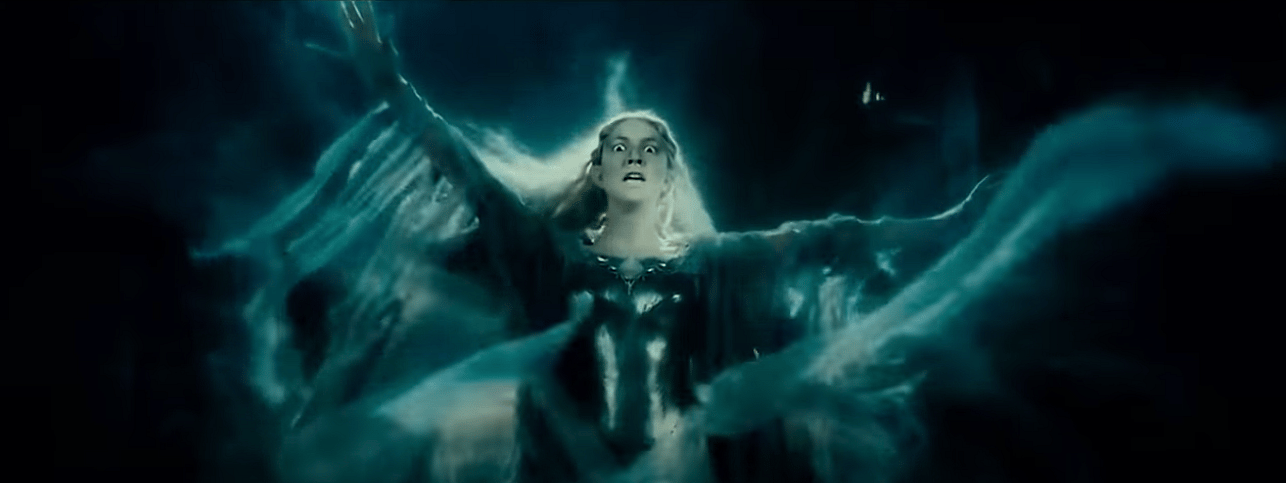
The writers and showrunners will continue to claim they look to Tolkien’s work for their show, but the fact of the matter is the fruits of their labor as borne out in the show prove otherwise. Their words are easily disprovable by comparing not only the events of the show to Tolkien’s books, but also comparing the themes the show explores to what Tolkien clearly wrote about his works in his numerous letters.
